Tibet is often seen as a land of towering mountains, vast plateaus, and mystical monasteries. Yet, its true richness lies in its culture—a tapestry of ancient traditions that have thrived for over a millennium in one of the world’s most extreme environments.
A Tibet culture tour is not just a sightseeing experience—it’s a chance to walk through a living history, to witness spiritual devotion woven into everyday life, and to see how ancient Tibetan customs coexist with the modern world.
As modernization and globalization reach even the most remote corners of Tibet, travelers find themselves at a rare cultural crossroad, where timeless Buddhist rituals meet evolving expressions of identity, art, and livelihood. In this blog, we’ll explore how a Tibet culture tour can immerse you in a journey of discovery, understanding, and deep respect for one of the most unique civilizations on Earth.
Understanding the Essence of Tibetan Culture
Tibetan culture is rooted in a unique blend of religion, philosophy, art, and survivalism in a harsh yet beautiful environment.
A. Tibetan Buddhism: The Cultural Foundation
Tibetan Buddhism influences nearly every aspect of Tibetan life. It shapes not only religious practice but also the arts, language, festivals, medicine, and even the political structure of historical Tibet.
• Lamas and monks are not just religious figures but also educators, artists, and historians.
• Monasteries serve as centers of worship, education, and community gatherings.
• Mandala paintings, butter sculptures, and thangka scrolls are spiritual art forms, not mere decorations.
A Tibet culture tour inevitably involves engaging with this deep spiritual tradition, whether you’re visiting a bustling monastery in Lhasa or speaking to a nomad spinning a prayer wheel on a high-altitude plain.
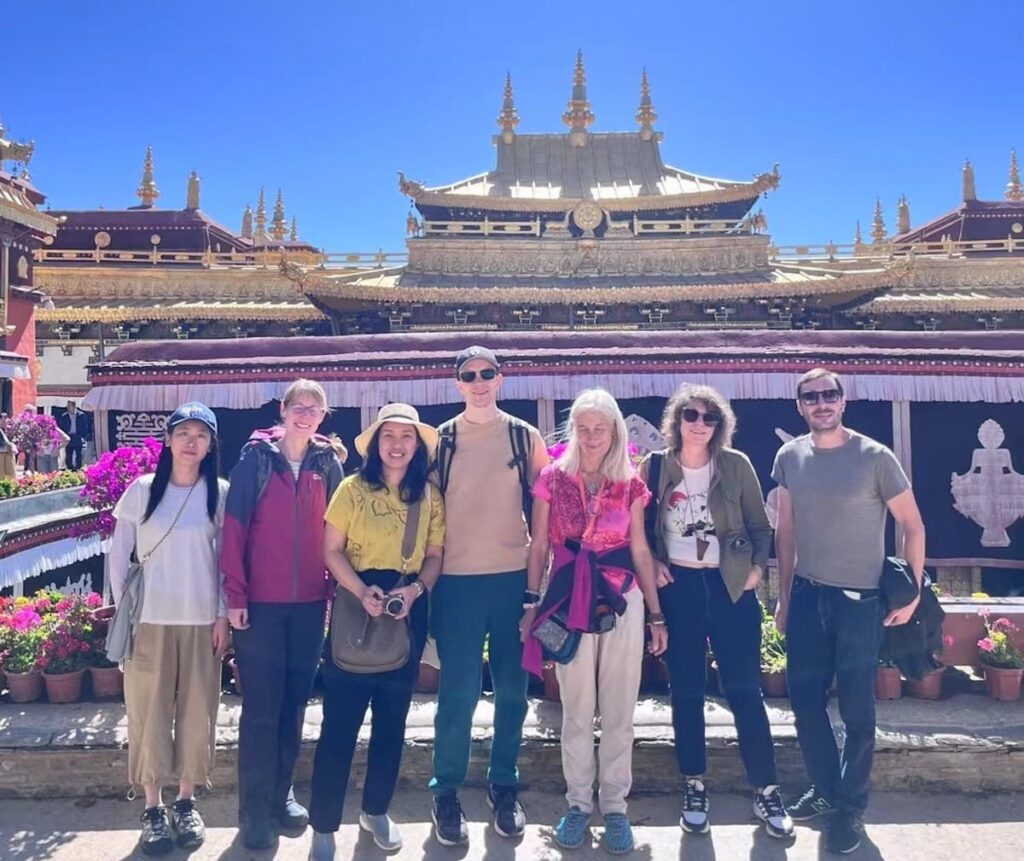
Lhasa: The Cultural and Spiritual Heart of Tibet
Any meaningful exploration of Tibetan culture begins in Lhasa, the capital and spiritual core of Tibet.
A. Potala Palace
Once the residence of the Dalai Lama, the Potala Palace is a monumental fusion of religious and political significance. With over 1,000 rooms, it houses sacred relics, golden stupas, and intricate murals depicting the life of Buddha and Tibetan kings.
B. Jokhang Temple
The most revered temple in Tibet, Jokhang, is the destination of pilgrimages from every corner of the plateau. Outside, you’ll see devout Tibetans prostrating and circling the temple on the Barkhor Street kora, prayer beads in hand and faith in their hearts.
C. Barkhor Street
This lively circuit surrounding Jokhang is more than a marketplace. It’s a window into the daily lives of Tibetans—from monks purchasing scriptures to villagers selling handmade incense and yak butter.
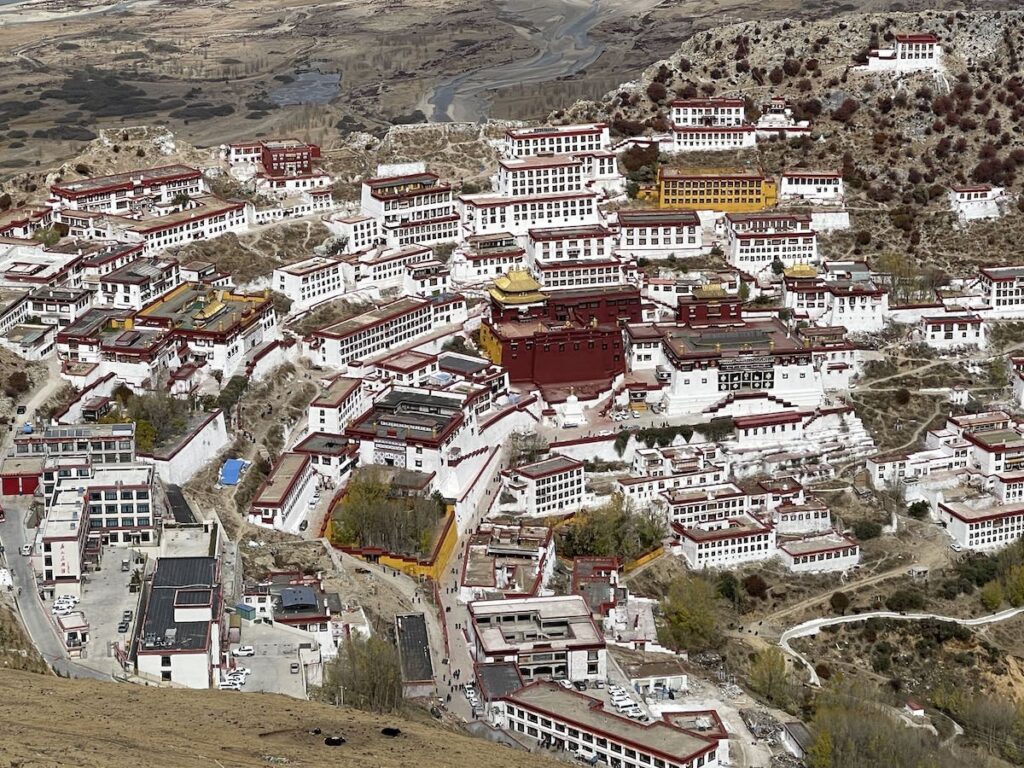
Tibetan Monasteries: Guardians of Ancient Wisdom
A Tibet culture tour is incomplete without visits to its legendary monasteries, which continue to be spiritual strongholds and centers of cultural preservation.
A. Drepung and Sera Monasteries
These are among the “Great Three” Gelug university monasteries in Lhasa. Sera Monastery is particularly famous for its debate courtyard, where monks engage in lively philosophical discussions—clapping their hands with each rhetorical point.
B. Tashilhunpo Monastery (Shigatse)
The seat of the Panchen Lama, this sprawling monastery offers insight into the religious structure of Tibetan society. Its colossal Maitreya Buddha statue and ancient tombs are cultural treasures.
C. Ganden Monastery
High in the mountains outside Lhasa, Ganden offers a quieter, more contemplative experience. The Ganden Kora, a path that loops around the monastery, offers breathtaking views and a chance for spiritual reflection.
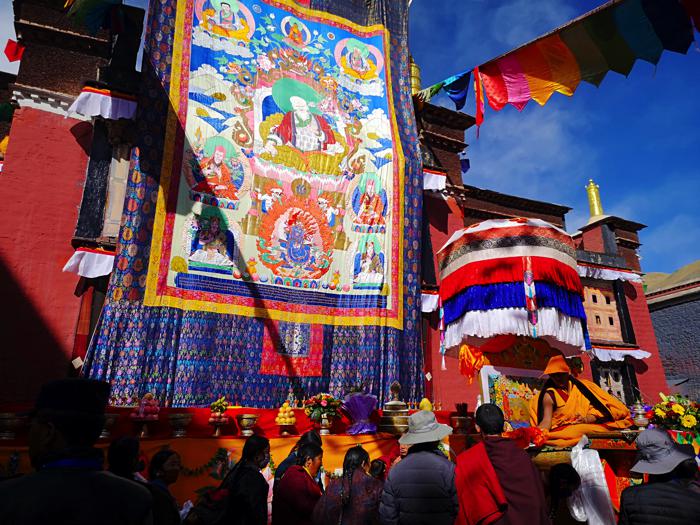
Tibetan Festivals: Living Expressions of Tradition
If you time your Tibet tour with one of its grand festivals, you’ll witness Tibetan culture in full bloom—through music, dance, food, rituals, and communal joy.
A. Losar (Tibetan New Year)
Usually held in February or March, Losar is Tibet’s most significant festival. Families clean their homes to sweep away bad luck, offer barley wine, and gather for special dances and traditional meals like guthuk.
B. Shoton Festival
Also known as the Yogurt Festival, this summer event begins with the unveiling of giant thangka paintings at Drepung Monastery and continues with Tibetan opera performances in Norbulingka Park.
C. Saga Dawa
Held during the fourth lunar month, Saga Dawa celebrates the birth, enlightenment, and death of Buddha. Pilgrims flood holy sites like Mount Kailash and Lhasa’s temples, performing prostrations, donations, and acts of kindness.
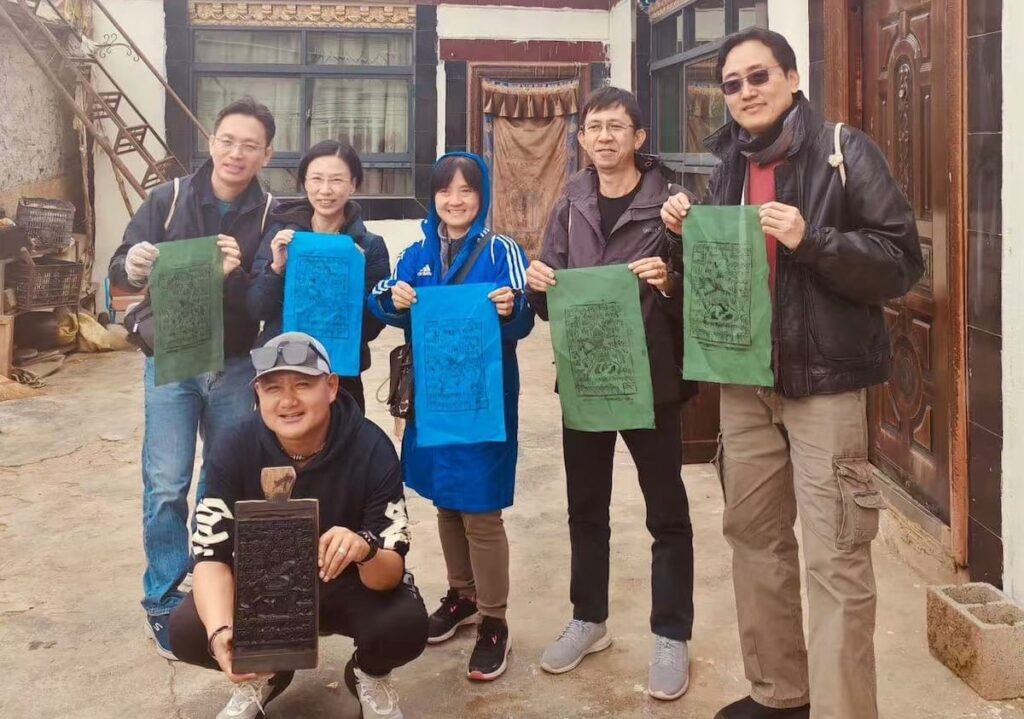
Tibetan Arts and Handicrafts: Echoes of the Divine
Art in Tibet is never just decorative—it is devotional. Whether it’s a thangka painting, a carved mani stone, or a piece of jewelry, Tibetan art serves a spiritual purpose.
A. Thangka Painting
These colorful scroll paintings depict deities, mandalas, and moral stories. Artists undergo strict training and meditate while painting to imbue their work with sacred energy.
B. Butter Sculptures
Made during festivals and monastery rituals, these delicate sculptures are created from dyed yak butter—an ephemeral art form that reflects impermanence.
C. Woodblock Printing and Calligraphy
Monasteries still produce texts using ancient woodblock printing methods. Tibetan calligraphy, written in ornate scripts, carries not just words but spiritual intent.

Nomadic and Rural Traditions: Life on the Plateau
While cities like Lhasa are increasingly modern, much of Tibetan cultural identity remains rooted in nomadic and agrarian lifestyles.
A. Nomadic Culture
Traditional nomads live in black yak-hair tents, moving with the seasons across the grasslands. Their daily life includes:
• Herding yaks and sheep
• Making butter tea and dried cheese
• Practicing sky burials and storytelling
Engaging with nomads on a Tibet tour offers raw, authentic insight into a way of life that has persisted for centuries.
B. Tibetan Villages
In regions like Gyantse, Nyingchi, and Amdo, village life revolves around agriculture, communal rituals, and local monasteries. Village homestays offer cultural immersion that’s hard to match in cities.

Tibetan Cuisine: Food as Culture and Community
Tibetan food is simple but deeply symbolic. Meals are about sustenance, spirituality, and social bonding.
A. Butter Tea (Po Cha)
A salty, buttery beverage made from yak butter, tea, and salt. It’s served as a gesture of hospitality in every Tibetan home.
B. Tsampa
Roasted barley flour mixed with tea or water. As a staple, it is considered pure and blessed, often offered during religious ceremonies.
C. Momos and Thenthuk
Tibetan dumplings and noodle soups blend hearty ingredients with comfort. Sharing a meal of momos is a social ritual.
8. Modernization and Preservation: A Cultural Balancing Act
As highways replace ancient trade routes and smartphones become as common as prayer wheels, Tibet faces the challenge of preserving its traditions in a modern world.
A. Cultural Resilience
Despite outside influences, Tibetan identity remains strong. Young Tibetans are returning to monastic life, reviving old festivals, and even using digital platforms to promote traditional arts.
B. Challenges and Controversies
Modernization brings risks of cultural dilution. Traditional homes are being replaced by concrete buildings; nomadic life is declining. Responsible tourism and cultural education play key roles in safeguarding heritage.
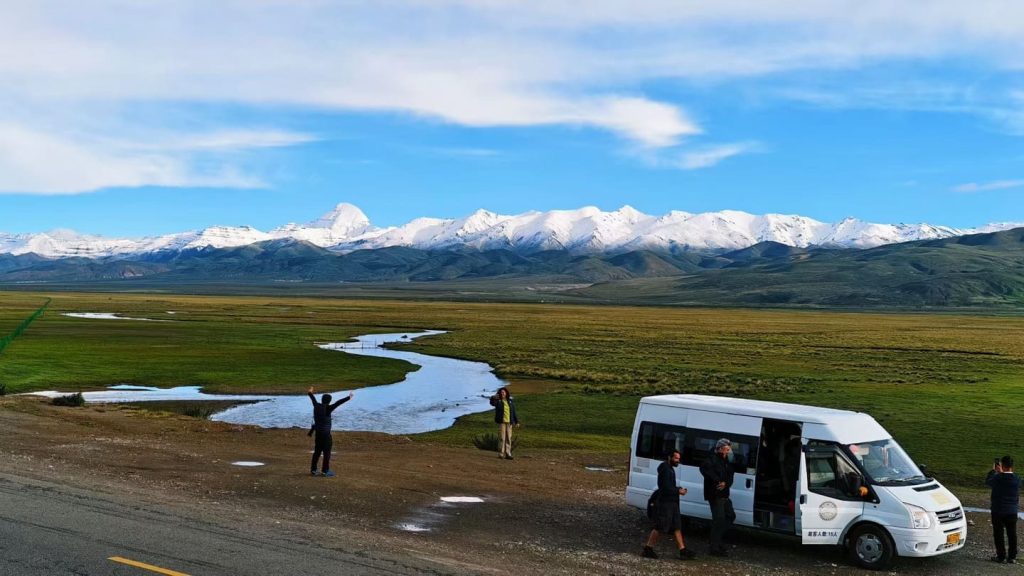
Responsible Travel Tips for a Culture Tour in Tibet
As a traveler, your respect and awareness can help preserve Tibetan traditions.
• Dress modestly, especially in monasteries.
• Ask permission before taking photos of people or rituals.
• Avoid discussing sensitive political topics.
• Support local artisans and businesses.
• Learn a few Tibetan phrases—a small gesture goes a long way.
Best Itineraries for a Culture-Focused Tibet Tour
If your focus is on culture, here are recommended Tibet tour routes:
A. 7-Day Lhasa and Central Tibet Tour
• Lhasa (Potala, Jokhang, Sera)
• Gyantse (Kumbum Stupa)
• Shigatse (Tashilhunpo Monastery)
• Nomad interactions on the Yamdrok Lake route
B. 10-Day Festival Tour
• Time with Saga Dawa or Shoton Festival
• Combine with monastery stays and guided meditation sessions
C. 14-Day East Tibet Tour (Kham & Amdo)
• Explore less-visited regions with strong cultural roots
• Includes horse festivals, village stays, and visits to hidden monasteries
Cultural Encounters That Stay With You
A Tibet culture tour is not just an itinerary—it’s a series of soulful encounters:
• A nun softly chanting scriptures in a cave
• A monk explaining the Wheel of Life on a thangka
• An old woman spinning her prayer wheel and offering you butter tea
• Children dancing in handmade costumes during a festival
These are the moments that leave a lasting impact, more powerful than any photo or souvenir.
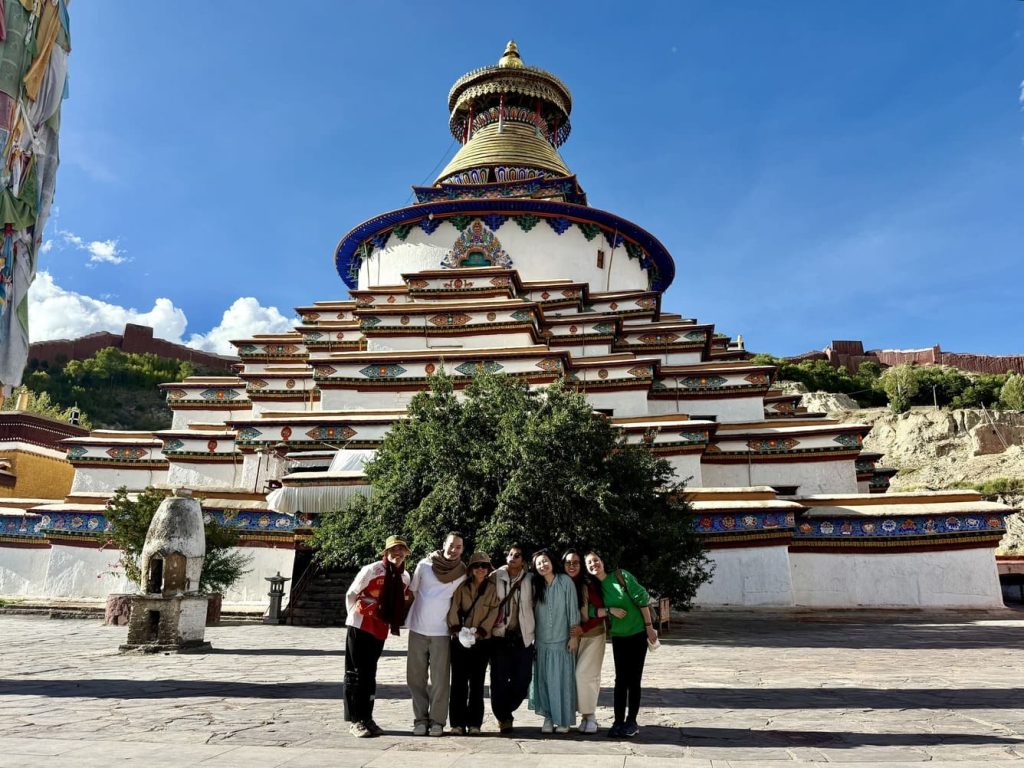
Conclusion: Tibet’s Living Legacy
Traveling in Tibet is like stepping into a realm where time slows down, and the spirit takes center stage. Its culture—rooted in faith, resilience, and a deep relationship with nature—offers profound lessons in how to live with meaning.
In a world rushing toward homogenization, Tibet stands as a beacon of cultural richness and spiritual depth. By taking a Tibet culture tour, you not only witness this ancient legacy—you become a respectful part of it.
Whether you’re tracing the steps of pilgrims in Lhasa, enjoying butter tea in a remote village, or marveling at centuries-old murals in a monastery, you’ll find that Tibetan culture doesn’t just speak to the eyes—it speaks to the soul.
Ready to Begin Your Cultural Journey?
Contact a trusted Tibetan tour operator to plan a customized Tibet culture tour, including monastery visits, festival experiences, and authentic local interactions.
Let Tibet show you not only a world preserved, but a world that inspires.
